FLASHBACK • March 2023
Five inspirational women in aviation (who you’ve probably never heard of)
More than a century of ground-breaking, sky-soaring aviation history is waiting to be uncovered in the British Airways archives. Our new flashback series delves into the riches of our people and our past.
We start with the women of British Airways following International Women’s Day (8 March) and the 50th anniversary of the first female captain on a US scheduled airline, Emily Howell Warner. It was 29 January 1973 when she got the job, paving the way for women to take charge of planes – and all other areas of the global airline industry. From cabin crew to Concorde pilots, here are five women who have contributed to our story
Lynn Barton
We recruited our first female pilot in 1987. Lynn Barton had been hankering for the job since her first flying lesson aged 16. It took her another 14 years to smash through the glass ceiling, and she continued to face gender bias. “When I had just started on the jumbo… I made the passenger announcement,” she recalled. “During the cruise, the captain went down to chat to First passengers. An elderly woman took one look at him and said, ‘My goodness, you haven’t left her up there on her own, have you?’” Barton became a Captain in 1996 and retired 20 years later. To honour the pioneering aviator, The Barton cocktail at the Heathrow T5 lounges is named after her.
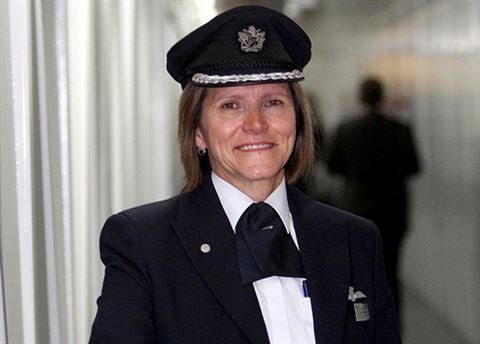
Esther Dowds
When flying was a rare indulgence, a career as an ‘air hostess’ was the height of glamour. Esther Dowds can vouch for that. She lived the high life as a flight attendant from 1984 to 1992. “You could be shopping in Hong Kong one week, skiing in the US the next and lounging on the beach in the Bahamas after that,” she explained. “We always took our best clothes in case we were invited to an embassy or on board a yacht.” The job wasn’t only holidays and hi-jinks – the crew was expected to look well-groomed, and “if you were over a certain weight, they’d have a word”. Luckily, times have changed.
Right: flight attendants model the first official British Airways uniform
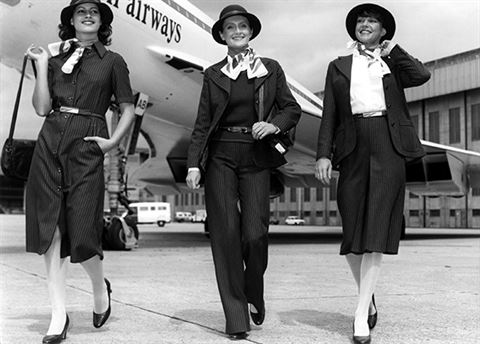
Barbara Harmer
A hairdresser-turned-pilot, Barbara Harmer joined us in 1992 when only 60 of our 3,500 pilots were women. What’s more, soon after joining, she became the world’s first female pilot of Concorde. Only the most senior and experienced pilots were selected to undergo the intense six months of training needed. After this, on 25 March 1993, Harmer earned her wings – and a place in the history books. When Concorde retired 20 years later, she was still one of only three women to have flown the supersonic plane.
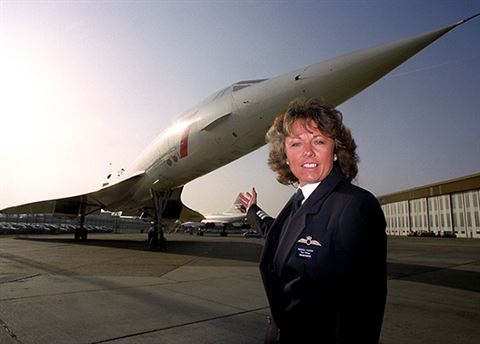
Barbara Jane Harrison
In 1968, BOAC cabin crew member Barbara Jane Harrison died while evacuating passengers from BOAC Flight 712 bound for Sydney, which caught fire shortly after take-off from London Heathrow. Barbara helped passengers off the aircraft before returning inside it to attempt to rescue an elderly, disabled customer who was still on board. She is one of only four women to be awarded the George Cross for heroism and the only woman to receive the award during peace time. In 2019, the 22-year-old’s extraordinary bravery was honoured with a Blue Plaque – unveiled at Bradford City Hall in Centenary Square by Barbara’s sister and now permanently sited on the wall outside Barbara’s former home.
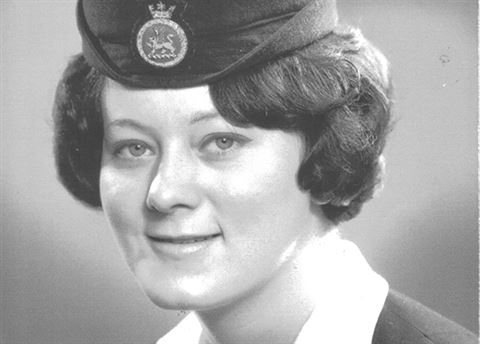
Rachel Whatmough
It takes a strong mind to switch vocation not once but twice. That’s how Rachel Whatmough found her calling as an aircraft engineer. With an ambition to study science after a gap-year job as cabin crew for us, Whatmough diverted her own flight path to stay after the role proved too enticing. Then after working closely with our engineers, she saw the opportunity to combine both her passions. “Once I realised that I could still work for British Airways, but as an aircraft mechanic, it was an easy decision to swap my cabin crew uniform for overalls,” she says. Whatmough switched roles in 2009 and remains a British Airways duty engineer to this day.
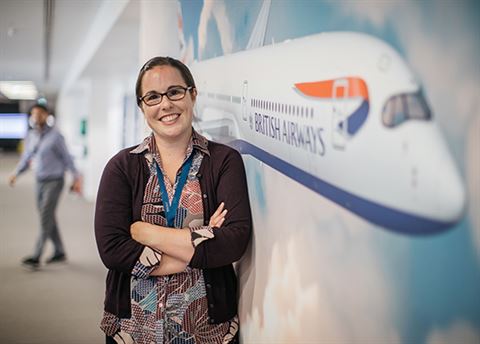
More from previous issues
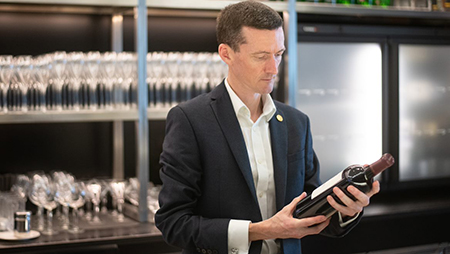
Day in the life: our Master of Wine
Meet Tim Jackson, who oversees all things vinous for us and selects the wines we serve on board and in lounges
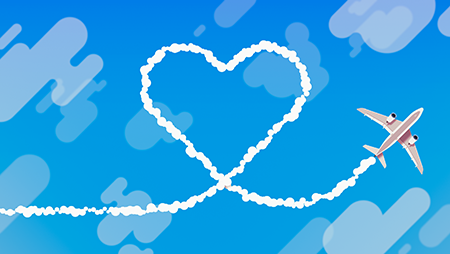
Love at high altitude
We report on a lovestruck Valentine’s Day at British Airways and talk to three pilots under aviation’s spell
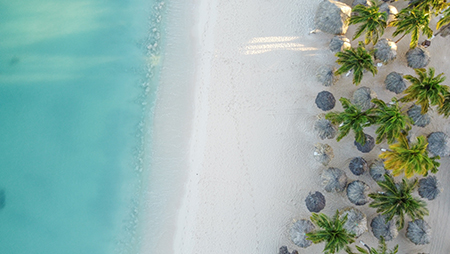
Ten ways to make the most of your Avios this month
Whether you fancy a new destination to explore or a flight upgrade, Avios can help. Here are ten ways to take advantage…
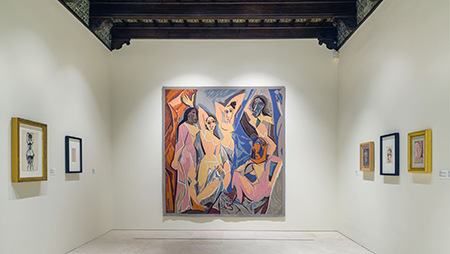
The Reward Flight saviours: Malaga
Our Reward Flight Saver could have you winging your way to a new destination from as little as £1
